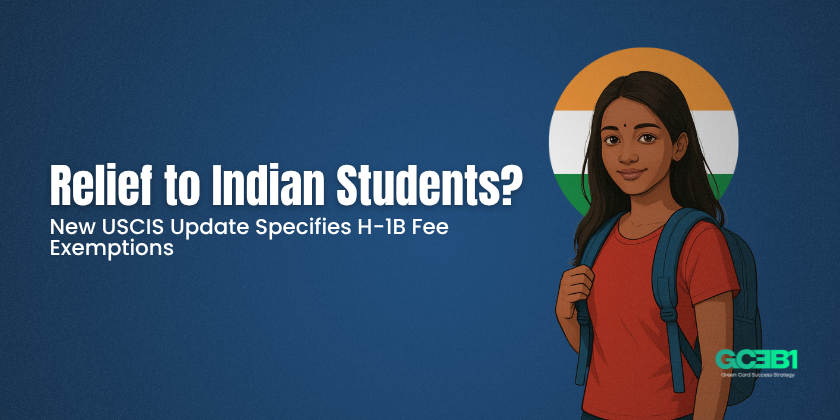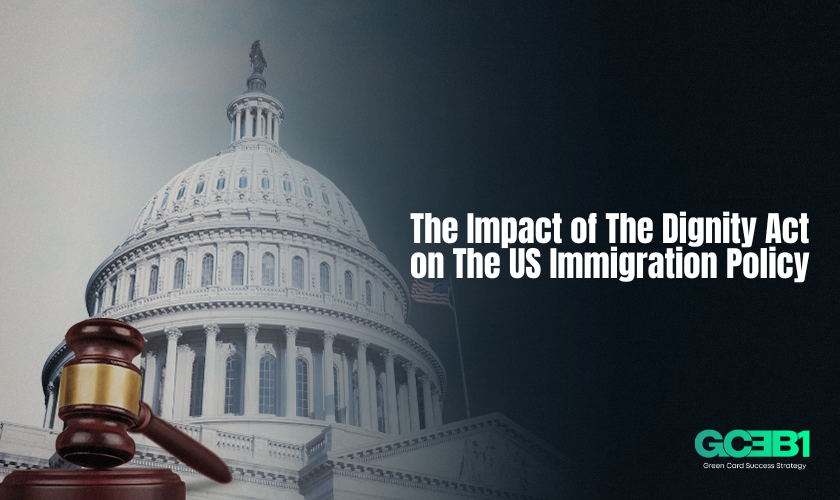The November Visa Bulletin: A Pause in Employment-Based Movement for India
.webp)
As the U.S. Department of State released its November Visa Bulletin, many Indian nationals with employment-based green card aspirations were hoping for brighter news. However, the update brings little change: the Final Action Dates and Dates for Filing charts for employment-based preferences remain largely static and offer minimal relief to applicants caught in the EB-1A backlog.
Why no movement? Backlog pressures & quota limits
Employment-based immigrant visas are subject to annual quotas and per-country caps. When demand outpaces supply, especially for India, which historically runs heavy demand in EB-2 and EB-3 categories, the visa dates “retrogress” or stall. In November, all major EB categories (EB-1, EB-2, EB-3, other workers, and EB-5) show little to no forward movement from October.
A category-by-category closer look
EB-1
The EB-1 category displays its final action date at 15th February, 2022. While its date for filing remains 15 May 2023. The EB-1 preference (for individuals of extraordinary ability, outstanding professors, and multinational executives) has seen periodic retrogressions in recent years due to high global demand.
EB-2
For the EB-2 category (for advanced degree professionals), the final action date continues to stay locked at 1st April, 2013. The date for filing in case of EB-2 is at 1st December 2021. This date has remained unchanged for months and reflects one of the deepest backlogs in the U.S. immigration system. In October 2025, there was a mild advancement in the Dates for Filing chart, but that has not carried over. For most Indian applicants, EB-2 remains a waiting game stretching back over a decade. Unless significant spillover visas from unused categories are released, the EB-2 queue is unlikely to move soon.
EB-3 (Professionals and skilled workers)
In EB-3, which usually benefits skilled professionals and workers with at least two years of experience, the Final Action Date also stays fixed at August 22, 2013. The date for filing is currently at 15th August, 2014. This cutoff mirrors both October and September and hints at an ongoing saturation. Historically, EB-3 India has seen intermittent advancements due to spillovers from EB-2, but that mechanism appears exhausted this fiscal year. As a result, no Indian applicant with a priority date beyond August 2013 can expect movement in November.
EB-3 (other workers)
The EB-3 other worker category, a sub-classification for less formally skilled roles, also remains unchanged, which matches the same cutoff date of August 22, 2013. This group has historically moved in parallel with the main EB-3 track. The continuing freeze underscores the system-wide constraint on visa numbers for India, regardless of skill level or subcategory.
EB-5
In the EB-5 Investor Visa category, India’s Final Action Date remains set at 1st February 2021. With respect to the date for filing, it is at 1st April, 2022. While this is far more recent than the EB-2 or EB-3 backlogs, it still marks a long wait for investors who filed after late 2019. The lack of movement here shows that even high-investment categories are feeling the weight of global demand and yearly numerical limits.
For Indian professionals, the November bulletin offers no new opportunities to advance applications. If your priority date is earlier than the published cutoffs, your case remains eligible for final action. But if it falls after these dates, your application will remain in the queue. The Dates for Filing chart, too, remains mostly unchanged from October, i.e., no new applicants can file adjustment of status applications this month.
If you are wondering about the best way to make use of the current EB-1A visa bulletin for your particular case, get in touch with us today. We can guide you to make the most of the time window for maximising the potential of your profile.







.webp)
.png)
.png)
.png)
.png)

.png)
.webp)